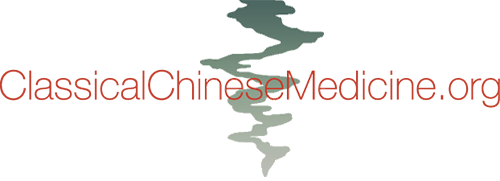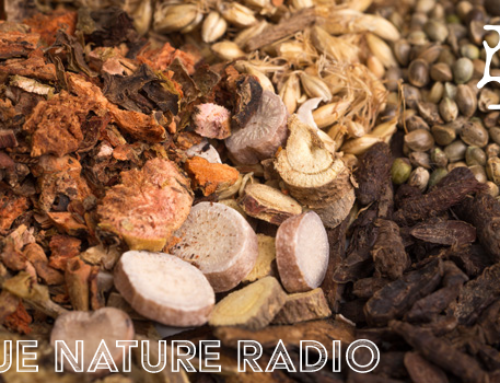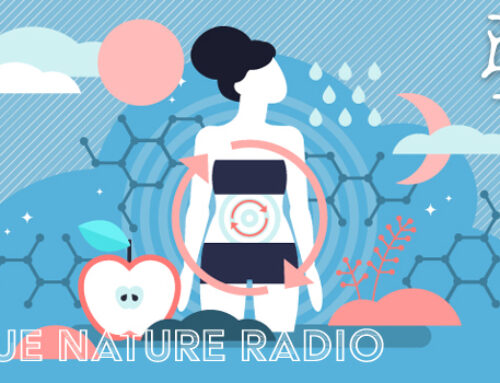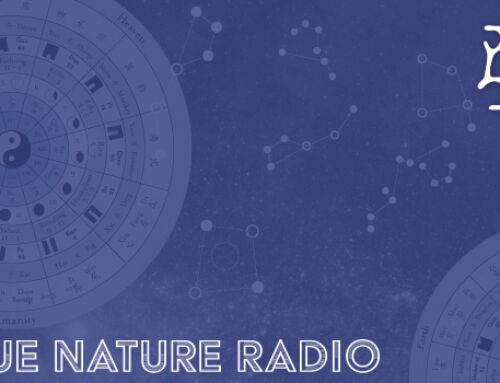
Podcast
With Laurie Regan and Heiner Fruehauf
National University of Natural Medicine,
College of Classical Chinese Medicine
Running time
Approx. 30 mins.
English
We continue through the cycle of the Organ Networks, with an in-depth exploration of the Large Intestine Network.
In a previous episode, we provided a general introduction to the 12 Organ Networks of Chinese medicine, and a more detailed description of the Lung Organ Network. Each of the twelve represents a set of functions that can be observed throughout the natural world, including the human body.
As an example, the Lung function in nature is associated with the first month of spring, when the yang qi emerges and begins to manifest at the surface. Although the coldness of yin still dominates, the warmth of yang begins to melt the winter ice. The rivers and springs begin to flow, and plant and animal life begins to come out. In the human body, the health of the lung function can be seen in the health of the skin. The tiger is the representative animal of the lung function—one can readily see the vibrancy at the surface of this potent animal.
In this episode, we discuss phenomena and themes associated with the Large Intestine organ network:
- Month: Second month in the Chinese calendar; approx March 5th -April 4th (when the active forces of spring overcome the dormant forces of winter)
- Time of Day: 5-7 am; sunrise
- Animal: Rabbit
- Themes: “Achieving Dominance”
- “Breaking Through” (sudden eruptions)
- “Proliferation in Nature”
- Archetype: Worker, accountant, CEO, police officer, politician, lawyer, banker, dentist, cosmetic surgeon, body-builder
- Pathology: Examples include: constipation, cancer, eczema, mental illness, criminal behavior, rape, corruption
- Lifestyle choices: Dietary factors that promote healthy bowel movements (plenty of water and fiber), acting decisively but not at the expense of others, engaging in charity and actions that benefit others rather than self.









Leave A Comment
You must be logged in to post a comment.